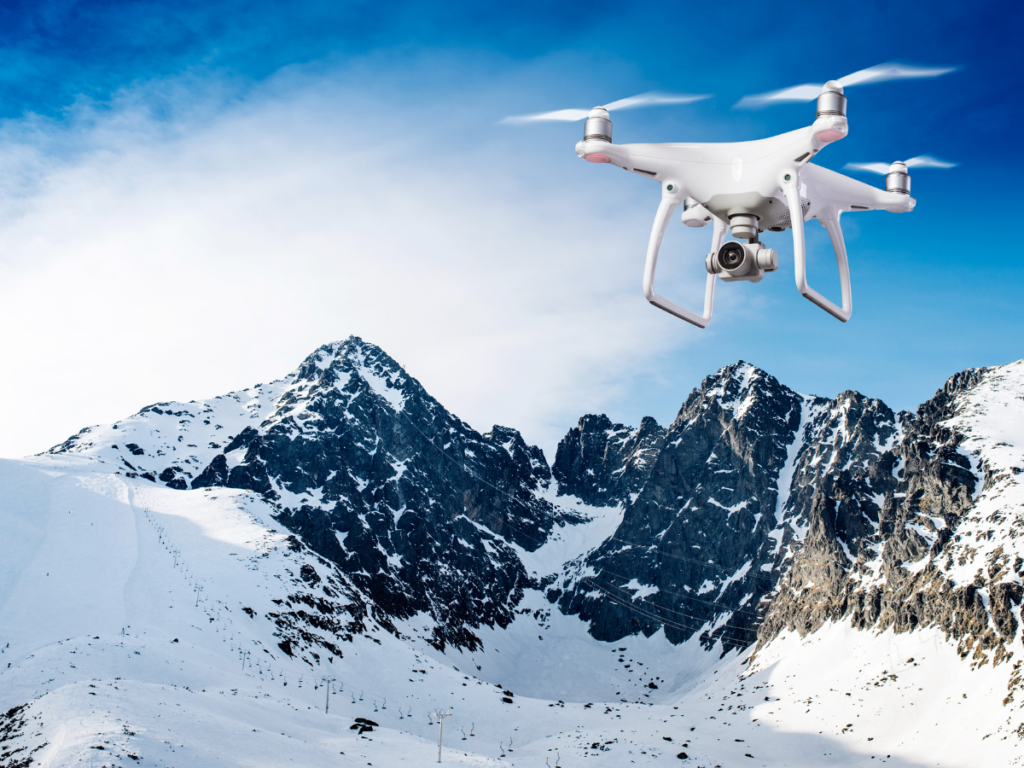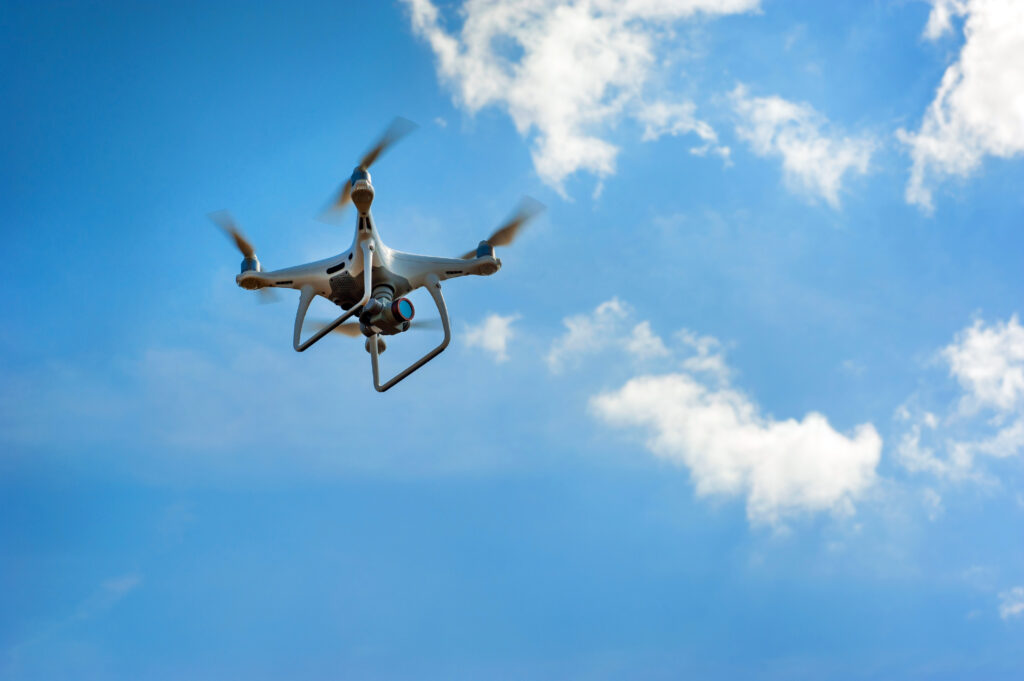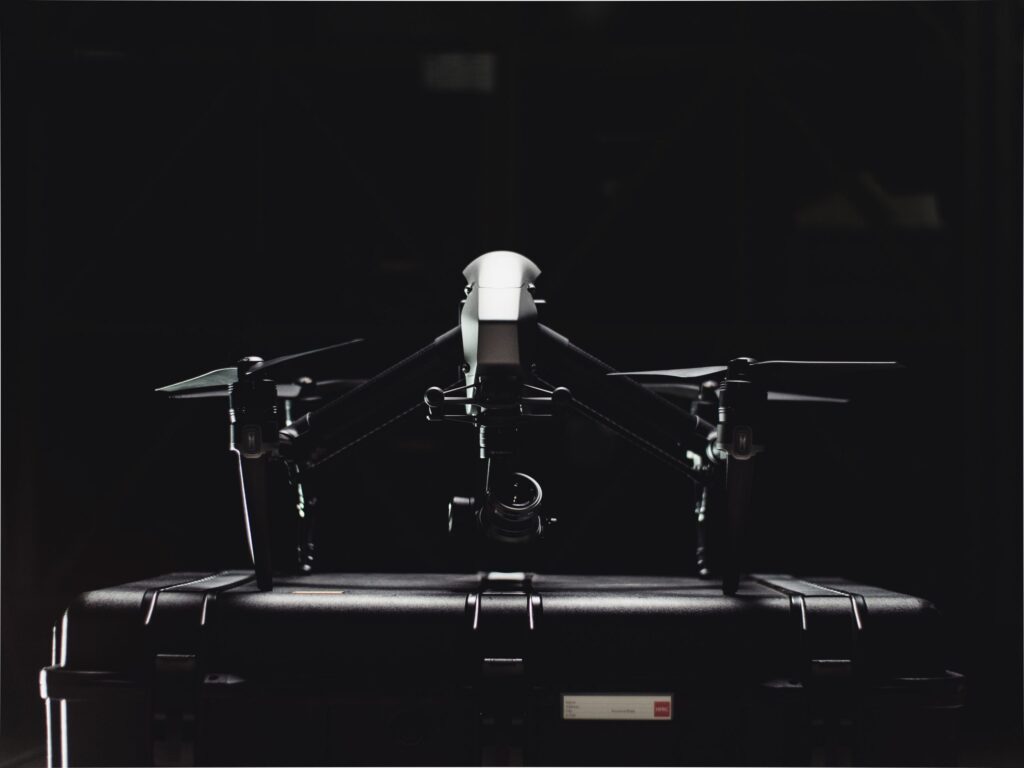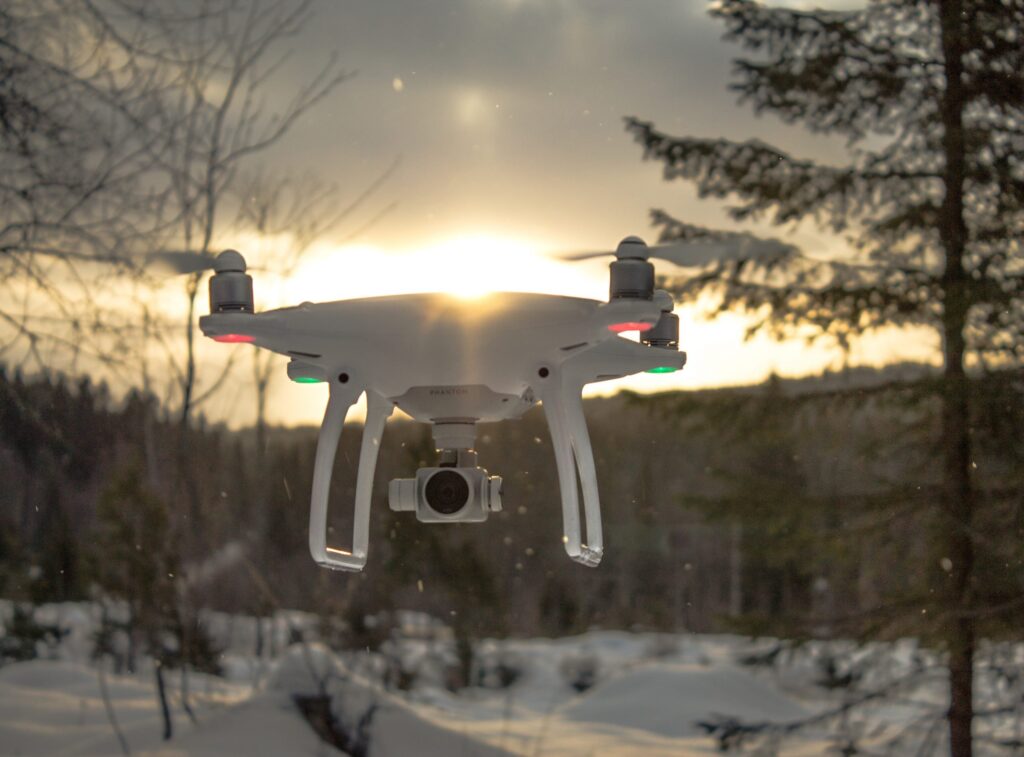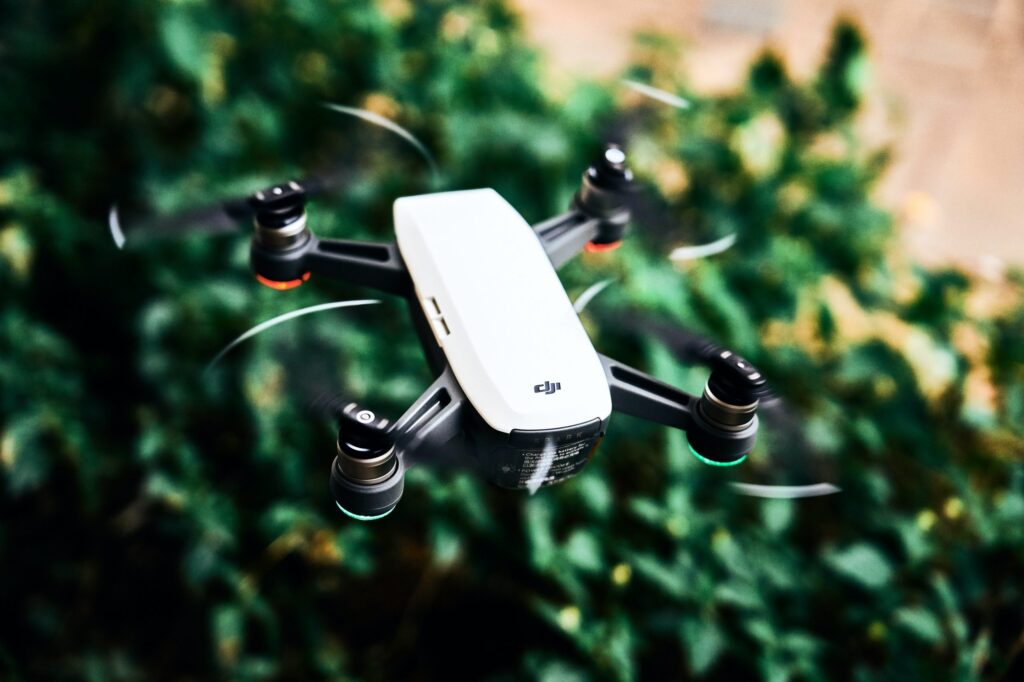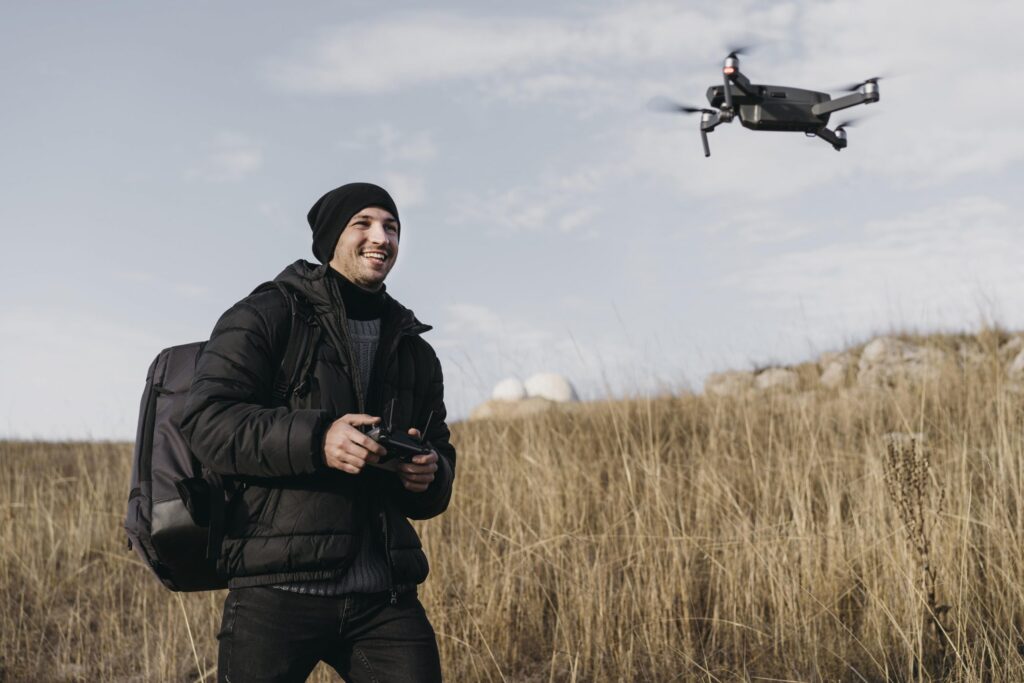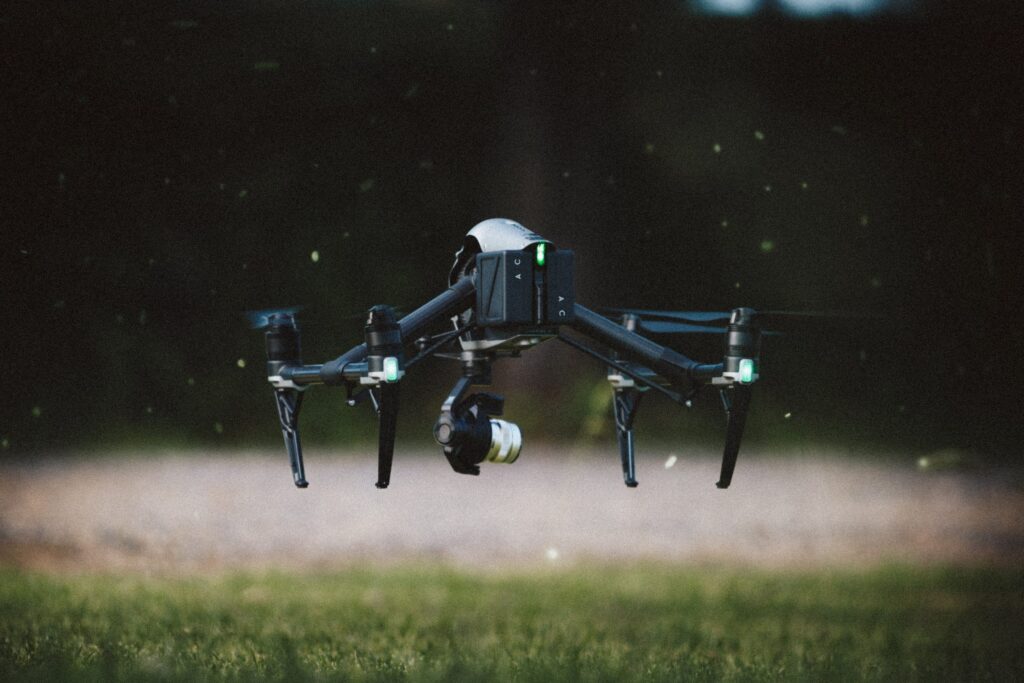With a little extra time on your hands this winter, you might be wondering, “How do I fly my drone in cold weather?” But don’t let the drop in temperature discourage you. While drone flying may be more challenging in the winter, it is still possible.
This blog post will cover how you can overcome the elements and safely fly and care for your drone even when it’s cold outside.
#1: Don’t forget to plan for the weather
Before heading out to fly, make sure you check your local forecast. Rain and snow may complicate things, but they can also provide additional challenges that can be fun to tackle!
If there is rain in the forecast, you should consider bringing along a waterproof bag for your drone. Although it’s always possible it won’t rain or snow on your outing, it’s still a good idea to have one just in case.
If it’s particularly windy, here are a few things to keep in mind:
- Put off flying if the surface wind speed is greater than 15 mph. The drone may uncontrollably drift or veer into objects.
- Your battery and motor will run at a higher temperature and therefore drain faster.
- The drone may be difficult to control.
- If you must fly your drone in windy conditions, keep the flight short and close to home.
#2: Make sure your batteries are fully charged
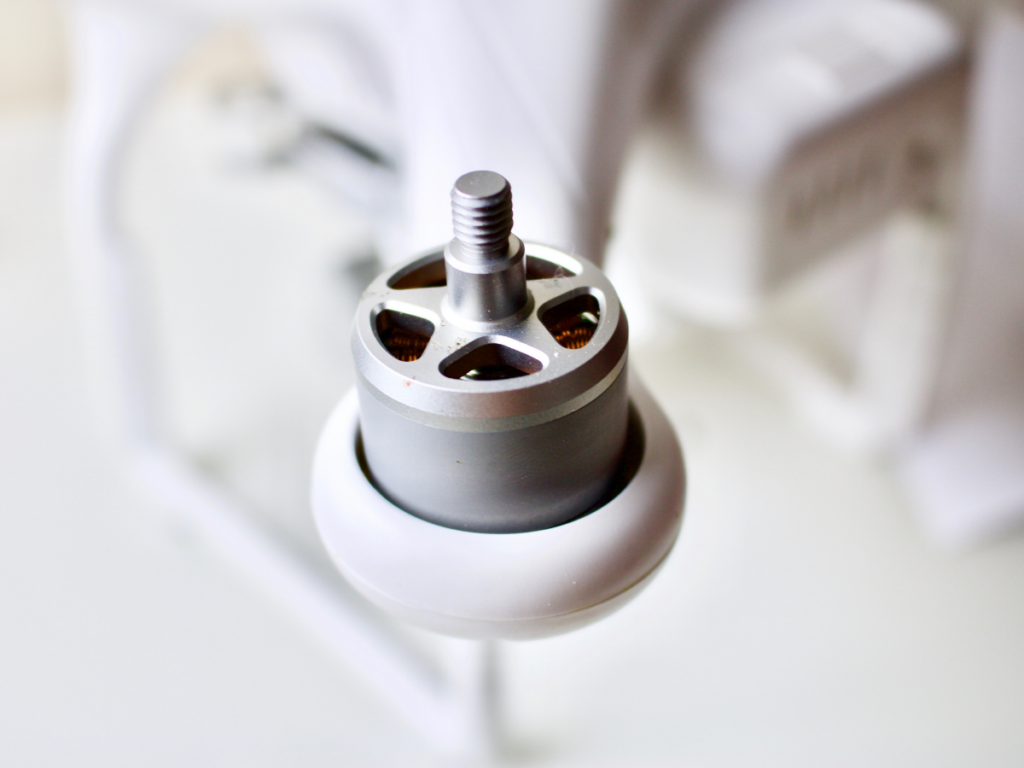
When temperatures drop, your batteries will drain faster than usual due to reduced chemical activity. That means a higher likelihood of your drone shutting down mid-flight!
So, keep in mind the following tips for caring for your batteries in the winter:
- To keep things safe, fly with a fully charged battery and bring along extras if it’s windy or cold out so you can replace them as needed.
- The battery’s temperature should be at least 20°C when flying in cold weather. If you live in a particularly chilly place, make sure to warm up your batteries beforehand.
- Even if you’ve preheated your batteries, it can take time for them to warm up. Hover the drone for about a minute to allow them to reach an optimal temperature before flying.
- Monitor the battery’s temperature when you are flying. If it gets too cold, land your drone immediately!
#3: Avoid flying in snow, rain, or fog
Flying your drone in wet conditions can cause serious problems for sensitive electronic parts. Even if you manage to keep it dry on landing, water may still get into the internal components and damage them beyond repair!
Here are some precautions to take when it’s wet out:
- As previously mentioned, wind speeds are higher during winter storms so keep your flights short and close to home.
- In addition, snow can interfere with the sensors on a drone which makes it difficult for them to maintain stability while in flight.
- Fog also poses a risk because you will likely have reduced visibility when flying.
It may seem like a good idea to practice flying skills but each of these conditions can cause serious damage if the drone is mishandled.
#4: Avoid moisture altogether
Here’s one thing that we cannot warn you enough about: moisture, especially in cold weather, can be problematic.
When you fly your drone in rain or snow, the rotary blades and wing surfaces can get iced up due to rapid temperature changes. This creates a build-up of ice that can reduce your drone’s aerodynamic efficiency and make it more difficult to maneuver. Or, it could lose all lift ability altogether and drop from the sky!
If you absolutely must fly in wet conditions, be sure to follow these precautions:
- Give your drone a quick wipe down before flying – even if it appears dry on the surface.
- Disassociate your drone from its remote controller and transmitter before flying it in wet conditions, to prevent damage if water does get inside.
- Once you’ve landed the aircraft, give it a thorough inspection and replace any parts that show signs of corrosion or moisture damage (like blades or booms).
#5: Don’t forget to keep yourself warm too when you fly your drone
Frostbite and hypothermia are serious concerns when spending time outside in the winter. Especially when you’re operating a remote control drone that demands your attention, and your hands.
Fly Your Drone Safely, No Matter The Weather Conditions
Victory UAV offers a variety of courses to help you learn about drone operation and safety. Whether you’re just getting started or if want to get certified, we have the right course for you! To learn more about how to fly your drone safely, regardless of the weather conditions, check out our courses today!

